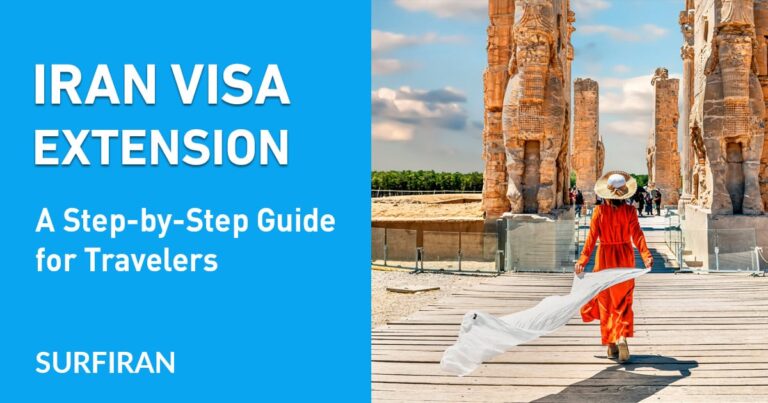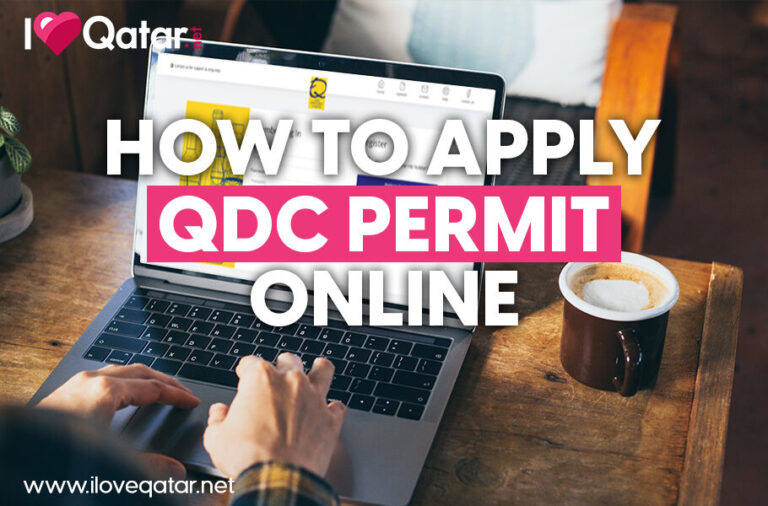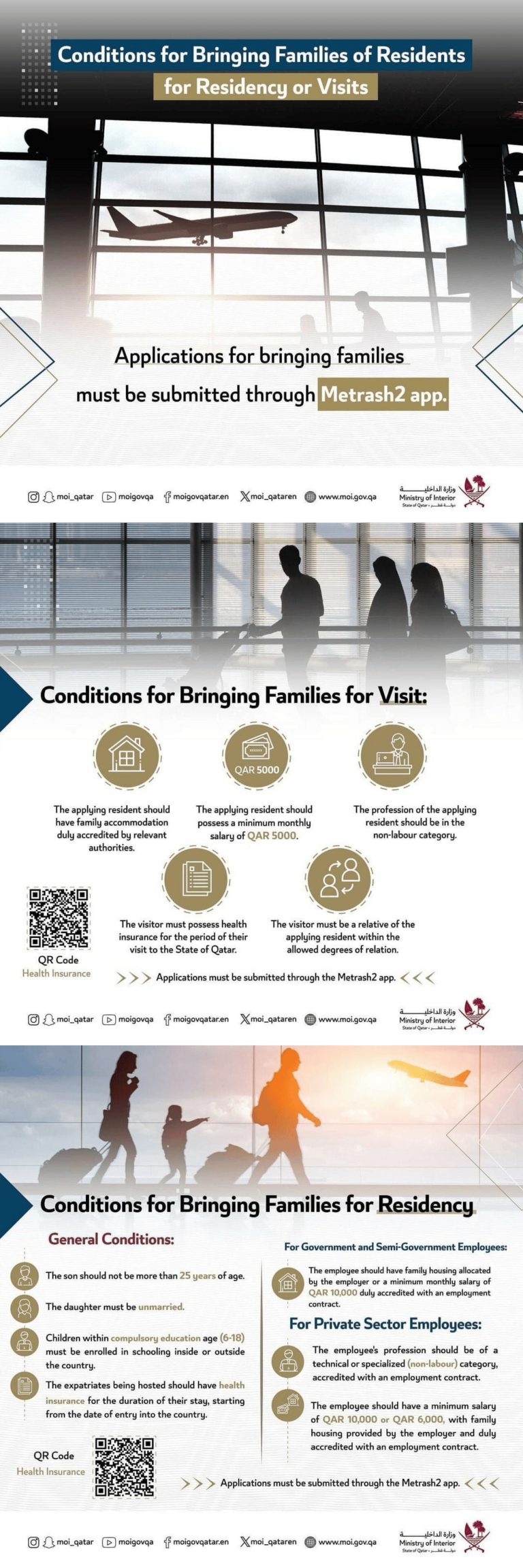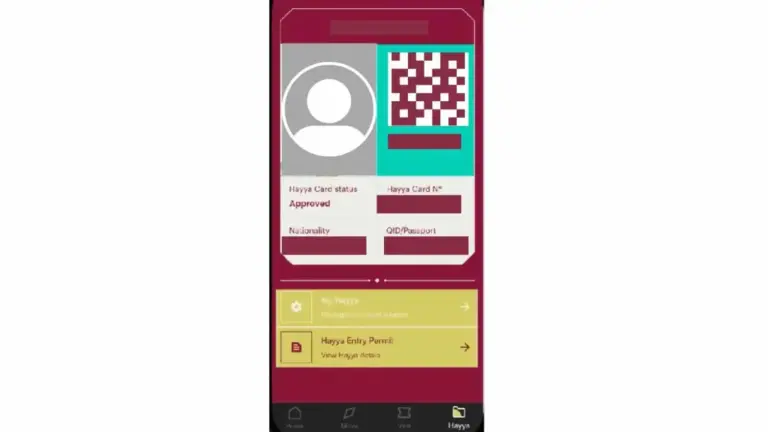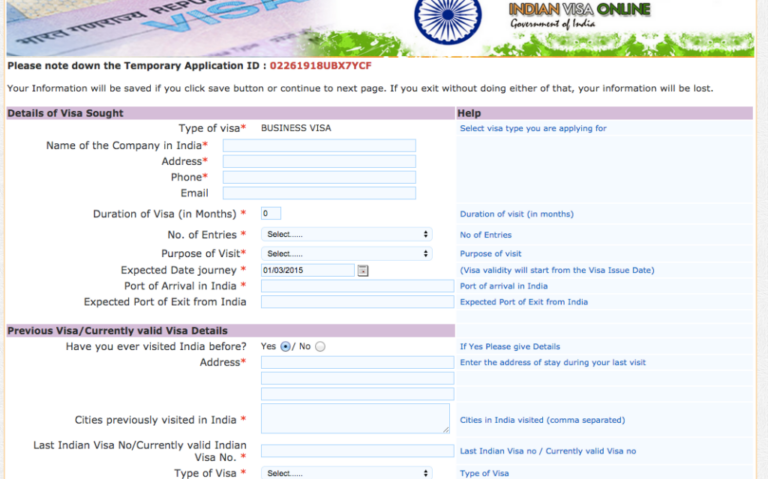Travel Made Easy: The Indian Visa Application Process Unveiled

Indian Visa Overview
Navigating the Indian visa application process can seem daunting at first. However, understanding the different types of visas available and their specific requirements will make the process simpler and more straightforward.
Introduction to Indian Visas
An Indian visa is a permit issued to foreigners seeking to enter India for various purposes, including tourism, business, medical treatment, and conferences. Whether you’re planning a holiday, attending a business meeting, or seeking medical attention, there is a visa category tailored to your needs. The government of India provides both regular visas and e-Visas to facilitate travel.
Types of Indian Visas
India offers a variety of visas to cater to different travel purposes. Below is a table summarizing the main types of Indian visas:
| Visa Type | Purpose | Validity Period |
|---|---|---|
| Indian Tourist Visa | For tourism and short-term visits | 6 months to 10 years |
| Indian Business Visa | For business-related activities | 1 year to 10 years |
| Indian Medical Visa | For seeking medical treatment in India | Up to 1 year |
| Indian Conference Visa | For attending conferences and seminars | Typically up to 6 months |
| Indian Employment Visa | For employment opportunities in India | Up to 5 years |
| Indian Student Visa | For academic studies in India | Up to 5 years |
These are just a few examples of the different types of Indian visas. Each visa type has specific eligibility criteria, required documentation, and validity periods.
For more detailed information on the various types of Indian visas, be sure to review our comprehensive guide on types of Indian visas.
E-Visa Information
For many travelers, the Indian e-Visa process offers a convenient alternative to the traditional visa. The e-Visa is available to citizens from specific countries, including the United States, for purposes such as tourism, business, and medical treatment (Consulate General of India, San Francisco).
There are five sub-categories of e-Visas:
- e-Tourist Visa
- e-Business Visa
- e-Medical Visa
- e-Medical Attendant Visa
- e-Conference Visa
Each sub-category has its own specific permissions and restrictions for activities in India. For more details on e-Visa eligibility and the application process, visit our guide on applying for e-Visas online.
Whether you are opting for a regular visa or an e-Visa, each type requires specific documentation featuring the right photograph requirements (A Briggs), a completed application form, and in some cases, proof of yellow fever vaccination. Additionally, for many visa categories, a personal appearance at the consulate is required (CIBTvisas).
For further guidance on the Indian visa application process, including detailed requirements and documentation checklists, refer to our resource on Indian visa documents checklist.
E-Visa Information
For many tourists, obtaining an E-Visa is a convenient way to gain entry into India. This section provides comprehensive details on E-Visa eligibility, the different sub-categories of E-Visas, and the application process involved.
E-Visa Eligibility
The Government of India offers the E-Visa to citizens of specific countries, including the United States. Eligible purposes for the E-Visa include recreation, sightseeing, short-term yoga programs, medical treatment, business, and attending conferences or workshops (Consulate General of India, San Francisco). Make sure you check the list of eligible countries and purposes before applying for an E-Visa.
Sub-Categories of E-Visas
There are five sub-categories of E-Visas:
- e-Tourist Visa: Suitable for tourism, recreation, and short-term yoga programs. This visa can be valid for varying durations: 30 days, one year (365 days), or five years from the date of grant (Indian Visa Online).
- e-Business Visa: Intended for business purposes such as meetings, sales, and participation in exhibitions. This visa is valid for one year (365 days) with multiple entries allowed. Continuous stay should not exceed 180 days per visit (Indian Visa Online).
- e-Medical Visa: For individuals seeking medical treatment in India.
- e-Medical Attendant Visa: Available for up to two assistants accompanying the e-Medical Visa holder.
- e-Conference Visa: For attending conferences, workshops, and similar events.
Each sub-category has specific permissions and restrictions on activities in India.
E-Visa Application Process
Applying for an E-Visa is straightforward and requires online submission at least 4 days before the date of arrival. For medical-related E-Visas, the application should be submitted at least 4 days in advance within a window of 120 days (Consulate General of India, San Francisco).
| E-Visa Type | Application Time Frame | Maximum Validity | Maximum Stay (per visit) |
|---|---|---|---|
| e-Tourist Visa (30 Days) | At least 4 days before arrival | 30 Days | 30 Days |
| e-Tourist Visa (1 Year) | At least 4 days before arrival | 1 Year | 180 Days |
| e-Tourist Visa (5 Years) | At least 4 days before arrival | 5 Years | 180 Days per year |
| e-Business Visa | At least 4 days before arrival | 1 Year | 180 Days |
| e-Medical Visa | At least 4 days before arrival (within 120 days) | 60 Days | 60 Days |
| e-Medical Attendant Visa | At least 4 days before arrival (within 120 days) | 60 Days | 60 Days |
| e-Conference Visa | At least 4 days before arrival (within 120 days) | 30 Days | 30 Days |
To apply for an E-Visa, follow these steps:
- Visit the official E-Visa website or apply for Indian visa online.
- Fill in the application form with the required details.
- Upload your photograph and passport bio-page as per the specified Indian visa photo requirements.
- Pay the visa fee using a debit/credit card.
- Receive the ETA (Electronic Travel Authorization) via email.
Be sure to check out the in-depth articles on related topics like Indian visa requirements and Indian visa fees for detailed information. If you have any questions, the Indian visa helpline is also available for support.
E-Visa Requirements
Understanding the essential requirements for an Indian E-Visa will ensure a smooth application process. Below are the key elements you need to consider to proactively address E-Visa prerequisites.
Photograph Requirements
When applying for an Indian E-Visa, your photograph must meet certain criteria specified by the Indian Consulate. Here are the necessary attributes for an acceptable photograph:
- Taken within the last three months
- Against a solid white background
- Showing a full-frontal view with a neutral expression
- No eyeglasses or headwear (except for religious purposes)
- No background light or shadows
You can find further details and a step-by-step guide on Indian Visa Photo Requirements.
| Requirement | Description |
|---|---|
| Background | Solid white |
| Timeframe | Within last 3 months |
| Facial View | Full-frontal with neutral expression |
| Accessories | No eyeglasses, headwear (unless religious) |
Application Form Completion
Completing the visa application form accurately is vital. The form must be filled out online through the specified portal provided by the Indian Consulate. Here are some tips for effective completion:
- Ensure all personal details match your passport.
- Double-check the entries for accuracy.
- Follow the specific guidelines as provided by the Indian Visa Online portal.
- Use the guide offered by A Briggs for extra help (A Briggs).
Necessary documents and additional steps can be checked on Indian Visa Documents Checklist.
Yellow Fever Vaccination
If you are traveling from a Yellow Fever affected country, it is mandatory to carry a Yellow Fever Vaccination Card upon arrival. Failure to meet this requirement could result in a six-day quarantine in India.
Here’s what you need to know:
- Applicable to nationals or travelers from Yellow Fever affected areas.
- Yellow Fever Vaccination Card must be presented upon arrival.
More detailed information can be found under Indian Visa Requirements.
| Requirement | Description |
|---|---|
| Affected Travelers | Nationals from Yellow Fever-affected countries |
| Necessary Documentation | Yellow Fever Vaccination Card |
| Consequence of Non-Compliance | Up to 6-day quarantine in India |
(Consulate General of India, San Francisco)
Navigate through these requirements to ensure a hassle-free E-Visa application. For additional support, check our guide on Applying for an Indian Visa.
Applying for an Indian Visa
Navigating the Indian visa application process can be straightforward when you know what to expect. This section will cover the regular visa application, age-appropriate documentation, and processing time and fees.
Regular Visa Application
To apply for a regular Indian visa, you must first fill out the application form on the official website. This form requires detailed personal information, travel history, and the purpose of your visit. You will also need to upload a digital photograph of yourself, which must meet specific photo requirements (Indian Visa Online).
After completing the form, you will need to schedule an appointment at the nearest Indian consulate. A personal appearance is typically required to process your visa.
Age-Appropriate Documentation
The documentation required for an Indian visa varies depending on the applicant’s age. Here’s a breakdown of the necessary documents:
| Applicant Age Group | Required Documents |
|---|---|
| Adults (18+) | Passport, Application form, Photo, Travel itinerary, Proof of address |
| Minors (below 18) | Passport, Application form, Photo, Birth certificate, Parent’s passport copies, Consent letter from parents |
Ensure that all documents are up-to-date and in order to avoid delays. For more information, refer to our indian visa documents checklist.
Processing Time and Fees
The processing time for an Indian visa varies based on the type and urgency of the application. Typically, visas take about a week to process, but expedited services can sometimes have approvals the very next day.
| Visa Type | Processing Time | Fee (USD) |
|---|---|---|
| e-Tourist Visa (30 days, July-Mar) | 1 week | $25.00 |
| e-Tourist Visa (30 days, Apr-Jun) | 1 week | $10.00 |
| e-Tourist Visa (1 year) | 1 week | $40.00 |
| e-Tourist Visa (5 years) | 1 week | $80.00 |
Additional bank transaction charges of 2.5% apply (Consulate General of India, San Francisco). It’s essential to check the specific fees for your visa category before applying.
For more detailed information on applying for an Indian visa, including specific requirements for different visa types like the indian business visa or indian medical visa, visit our indian visa requirements page.
By understanding these crucial steps in the Indian visa application process, you can ensure a smoother journey to your intended destination.
Visa Processing Details
Understanding the details of visa processing for India is essential for a smooth travel experience. Here, we will cover the visa validity and stay periods, processing times, and special visa categories.
Visa Validity and Stay Period
Different types of Indian visas come with varying validity periods and allowable stay durations. Knowing these details can help you plan your visit appropriately.
| Visa Type | Validity Period | Maximum Stay | Additional Notes |
|---|---|---|---|
| e-Tourist Visa | 30 Days, 1 Year, 5 Years | 180 Days per Calendar Year (for 1-Year and 5-Year visas) | Multiple entries allowed |
| e-Business Visa | 1 Year | 180 Days per Visit | Registration with FRRO/FRO required for stays beyond 180 days (Indian Visa Online) |
| e-Medical Visa | 60 Days | Up to 60 Days per Visit | Triple entry permitted (Indian Visa Online) |
For specific information about different visa types and validity, visit our section on types of Indian visas.
Visa Processing Times
Processing times for Indian visas can vary based on the type of visa and the method of application. Below is a general guideline for the processing durations:
| Visa Type | Processing Time |
|---|---|
| E-Visa | 3 – 5 Business Days |
| Regular Tourist Visa | 10 – 15 Business Days |
| Business and Medical Visa | 10 – 15 Business Days |
For more detailed information, refer to our article on Indian visa processing time.
Special Visa Categories
India offers several specialized visa categories to cater to specific needs, such as business, medical, and conference visas. Here are a few examples:
-
Indian Business Visa: This visa is designed for individuals visiting India for business purposes. It is valid for 1 year with multiple entries allowed. Continuous stay during each visit should not exceed 180 days. You can find more information on our Indian business visa page.
-
Indian Medical Visa: This visa allows patients and their caregivers to seek medical treatment in India. It is valid for 60 days with triple entry permitted. For further details, consult our Indian medical visa guide.
-
Indian Conference Visa: Issued for those attending conferences, seminars, or workshops in India. This visa is typically valid for the duration of the event. Refer to our Indian conference visa section for more.
Additional specialized visas include the Indian visa for students, Indian visa for spouse, and other targeted categories. For a comprehensive list, you can visit the types of Indian visas page.
By understanding visa validity, processing times, and special categories, you can better navigate the Indian visa application process and ensure all requirements for your trip are met. For more detailed visa guidelines, see Indian visa requirements.
Additional Visa Information
Understanding the intricacies of the Indian visa application process can make your travel plans smoother and more efficient. This section covers important guidelines for tourist visas, re-entry regulations, and specialized visa types.
Tourist Visa Guidelines
It’s important to apply for the right type of visa based on your travel intentions. A Tourist Visa is suitable for those visiting India for leisure, sightseeing, casual visits to friends or family, etc. It should not be used for purposes such as business, education, research, writing articles, social work, or other professional activities (Embassy of India).
For more detailed guidelines on applying for a tourist visa, you can refer to our Indian Tourist Visa section.
Re-Entry Regulations
Specific re-entry regulations apply to tourists. For nationals of Afghanistan, China, Iran, Pakistan, Iraq, foreigners of Pakistan origin, and Stateless Persons, there should be a minimum gap of two months (60 days) between two visits to India on a Tourist Visa. This is to ensure that the visa is not misused for purposes other than tourism.
Refer to our Re-Entry Regulations page for further information on re-entry policies.
Specialized Visa Types
India offers various specialized visa types catering to different categories of visitors. Here’s a brief overview of some key specialized visas:
| Visa Type | Purpose | Validity |
|---|---|---|
| X Visa (Entry Visa) | For people of Indian origin holding a foreign passport | Typically long-term |
| Journalist Visa | For professional journalists and photographers | Single entry, up to 3 months |
| Medical Visa | For seeking medical treatment in India | Based on treatment duration |
| Conference Visa | For attending conferences or seminars | Up to 6 months or as per the event |
| Business Visa | For business-related visits | 1 to 5 years with multiple entries |
Figures courtesy (Embassy of India).
To learn more about each specialized visa, visit the following sections:
For further assistance in completing your visa application, check out our Indian Visa Requirements and Indian Visa Documents Checklist.
Your travel experience in India can be hassle-free if you choose the correct visa type and comply with the necessary regulations. Understanding these guidelines and requirements will ensure a smooth application process and a pleasant stay in India.

